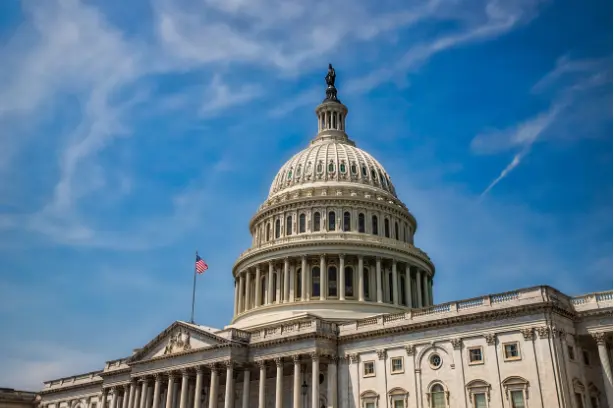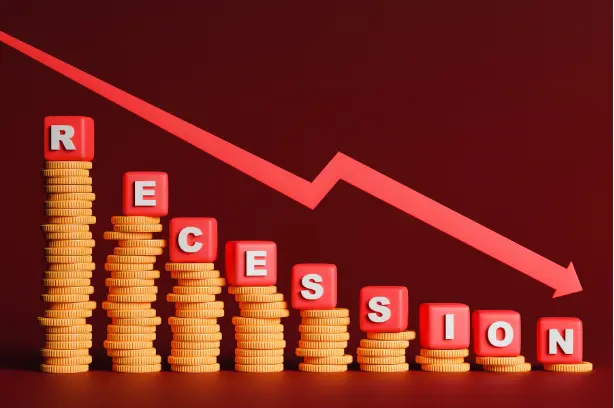By Preserve Gold Research
Few assets in history have captivated as much interest or exhibited as much resilience as gold. From ancient civilizations to modern central banks, the yellow metal has endured as a symbol of monetary stability and economic strength. Yet today, its potential as a tool for financial stability remains largely untapped. Despite holding the largest gold reserves globally—over 8,100 metric tons—the United States values its official gold stockpile at $42 per ounce, a figure untouched since 1973. Contrast this with gold’s current market price of nearly $2,900 per ounce, and the discrepancy becomes glaringly apparent. With such a disparity, it begs the question: could the revaluation and rehypothecation of U.S. gold reserves hold the key to fortifying America’s economic future?
Unlocking Idle Assets: The Power of Rehypothecation
While the term may sound unfamiliar to many, rehypothecation is common in the financial world. Put in simple terms, it refers to the practice of using an asset as collateral for multiple loans or transactions. In other words, a single asset can be pledged as security for various parties, even though only one party owns it. The borrower can repeat this process, leading to a chain of rehypothecation transactions, allowing multiple layers of leverage. Often used in the securities lending market, rehypothecation helps unlock the potential of idle assets, creating a larger pool of available funds for growth.
To illustrate, imagine a bank with $10 billion in assets, including a large reserve of gold. Without rehypothecation, the bank can only lend out as much as it has in cash reserve. But with rehypothecation, the bank can pledge its gold reserves as collateral and lend out more money, generating interest income. This process allows financial institutions to leverage their assets and increase their profit margin. This benefits the lender and the borrower, who gains access to much-needed funds at a lower cost. If done prudently, rehypothecation can be a win-win situation for both parties involved—a force multiplier for the economy and a powerful tool for profit generation.
When Radical Measures Became Policy
While the U.S. Treasury has repeatedly stated that the nation’s gold reserves—most of which are stored at Fort Knox—are not subject to rehypothecation, subtle phrasing in official reports has left the possibility for interpretation. The absence of explicit legal prohibitions means that, under the right circumstances, these reserves could theoretically be pledged as collateral. This possibility may seem unlikely, but history suggests otherwise. During times of financial strain, measures once considered inconceivable have been taken in order to shore up the economy.
Amid a wave of bank failure and waning confidence in the U.S. dollar during the Great Depression, President Franklin D. Roosevelt shocked the nation in 1933 by issuing Executive Order 6102. With the stroke of a pen, FDR nationalized private gold holdings, making it illegal for individuals to own gold bullion or coins. In exchange, Americans were paid $20.67 per ounce and given government bonds. The following year, the Gold Reserve Act of 1934 called for the establishment of a central depository for U.S. gold reserves while providing the government the power to revalue gold at any time.
This move proved to be a major economic force multiplier, providing much-needed capital to kickstart recovery efforts. Shortly after the act’s passage, the government revalued gold from $20.67 to $35 per ounce, increasing the value of its gold reserves by 69%. Overnight, the U.S. government had access to billions of dollars in additional assets, allowing them to inject much-needed cash into the economy. While not without controversy, this bold move by the government is widely credited with helping to stabilize the U.S. economy and lay the foundation for a recovery from the Great Depression.
Drawing Inspiration from Historical Precedents
Today, U.S. gold reserves have a market value of over $770 billion based on the current gold price of around $2,900 per ounce. However, the official book value of these reserves has been fixed at $42.22 per ounce for decades, a far cry from today’s market prices. Analysts speculate that by recalibrating gold’s value to align with market rates, the Federal Reserve’s assets could increase by nearly $760 billion. Of course, such a move could have significant economic implications, particularly in terms of interest rates and inflation. But, those holding gold could see a sharp increase in their wealth should this scenario pass.
Then there is the question of whether the U.S. would consider using its gold reserves as collateral—a modern twist to the historical precedent set by the Gold Reserve Act of 1934. The Federal Reserve could potentially unlock even more value from its gold reserves by rehypothecating gold versus simply revaluing it. Adjusting the official valuation to reflect current market conditions could provide an immediate boost to the government’s financial position, but rehypothecating would allow them to leverage their gold reserves and potentially generate even more revenue. By increasing the demand for gold as a collateralized asset, rehypothecation has the potential to drive up spot market prices. Those anticipating this shift may preemptively flock to gold, further driving up its value.
Trump’s Bold Economic Vision
Since taking office, President Trump has championed a bold economic agenda aimed at stimulating growth and bolstering America’s financial standing. With the nation facing historically high levels of debt, reevaluating—and potentially rehypothecating—the national gold reserves could emerge as a creative strategy for addressing these challenges. By revaluing these reserves, the government could immediately increase its asset base and generate future revenue, helping to offset deficits without resorting to higher taxes or spending cuts.
When leveraged responsibly, the combination of revaluation and rehypothecation could provide a creative solution to the country’s financial woes. President Trump’s business acumen and willingness to explore unconventional ideas make it plausible that such a strategy might gain traction. This approach aligns with his long-standing emphasis on harnessing America’s domestic resources—a recurring theme throughout his policies and rhetoric.
With the United States holding the world’s largest gold reserves, this time-tested asset represents an outsized opportunity for economic gain. By considering the rehypothecation of its gold reserves, the government could help stabilize the economy while setting the stage for long-term fiscal strength. Such a move would cement Trump’s legacy as a shrewd businessman-turned-president, one who used innovative financial strategies to make America great again.
A New Era for American Growth?
Imagine a world where a single adjustment could unlock hundreds of billions of dollars for the U.S. government. Such a windfall could help reduce national debt and spur economic growth—key elements of Trump’s economic agenda. While the government would be the immediate beneficiary, Americans could also benefit from this approach.
Traditionally, gold has been seen as a safe haven asset, often used as a hedge against inflation and market volatility. However, with the potential for rehypothecation, it could become an even more valuable tool. By leveraging its gold reserves, the government might drive up demand for the metal, which in turn could increase its market value. As the official value of gold rises, the value of personal gold holdings would also increase, benefiting individual investors. For Americans who have diversified their savings with gold, this strategy could offer substantial gains, making it a potentially game-changing move for the nation’s economy.







